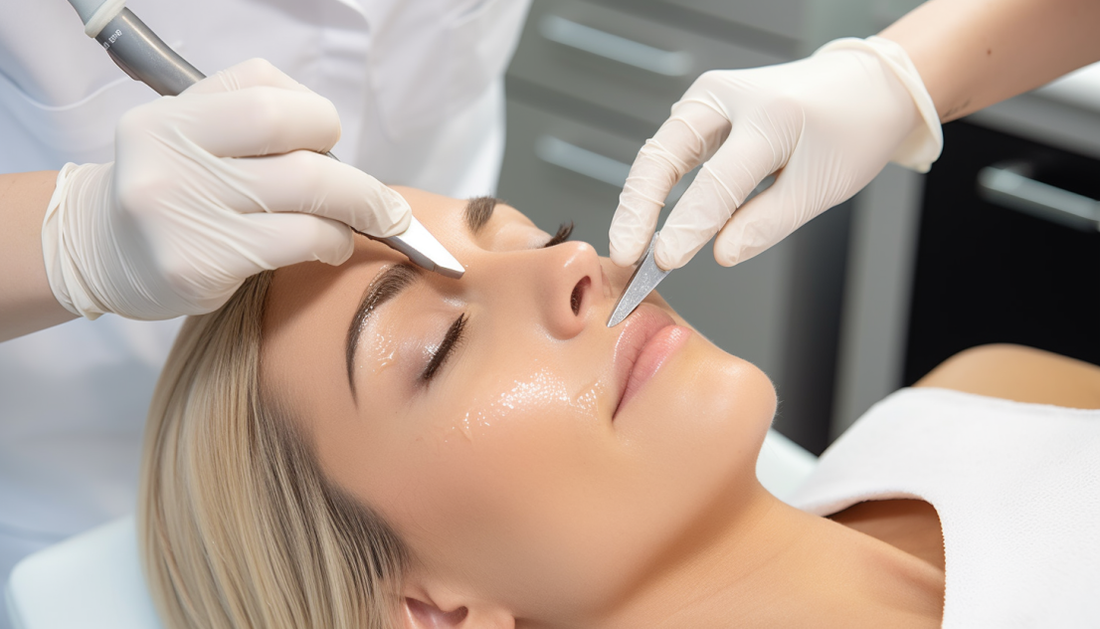
Smooth Sailing: The Benefits and Risks of Dermaplaning
Dermaplaning is a cosmetic procedure that involves the use of a sterile, scalpel-like instrument to gently scrape the surface of the skin. The procedure is typically performed by a trained aesthetician or dermatologist and is used to remove dead skin cells, peach fuzz, and other debris from the face. It is thought to improve the appearance of the skin by promoting exfoliation, unclogging pores, and reducing the appearance of fine lines and wrinkles.
One of the main benefits of dermaplaning is its ability to improve the penetration and effectiveness of topical skincare products. By removing the outermost layer of dead skin cells, dermaplaning allows products to penetrate deeper into the skin, potentially making them more effective. Dermaplaning can also improve the texture and smoothness of the skin, as well as enhance the appearance of makeup.
Dermaplaning is generally considered safe when performed by a trained professional. It is usually done as part of a facial treatment and takes about 30 minutes to complete. The procedure can be performed on most skin types, although those with acne or open wounds should avoid it.
There are few risks associated with dermaplaning, but it is important to choose a reputable provider to minimize the risk of infection or other complications. After the procedure, the skin may be slightly red and sensitive, but these effects typically resolve within a few hours. Some people may experience slight peeling or dryness for a few days after the procedure, but this can be easily managed with the use of moisturizers.
In conclusion, dermaplaning is a safe and effective cosmetic procedure that can improve the appearance of the skin by promoting exfoliation and unclogging pores. It is generally well-tolerated and can be performed on most skin types, although those with acne or open wounds should avoid it. With proper care and maintenance, the results of dermaplaning can be long-lasting, making it a popular choice for those looking to achieve smoother, healthier-looking skin.
